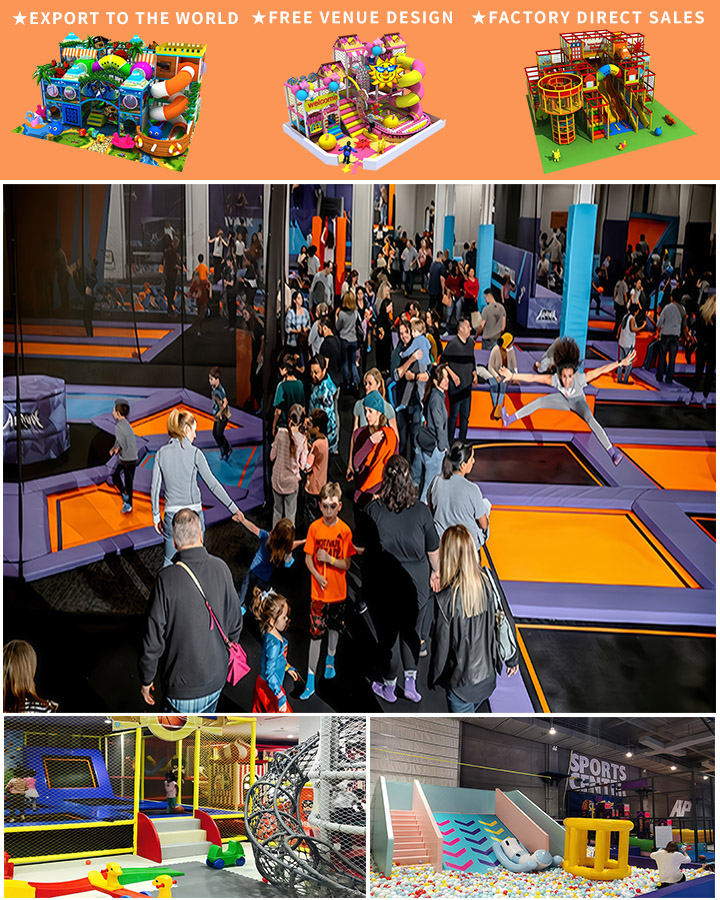Introduction
A small-size indoor playground amusement park is an excellent solution for parents who want their children to have a fun and engaging experience in a safe and controlled environment. With the growing popularity of indoor playgrounds, it’s essential to know about the various types of equipment available and their associated prices to make an informed decision.
Types of Indoor Playground Equipment
1. Soft Play Areas
Soft play areas are designed with young children in mind and feature cushioned equipment that ensures safety while offering a variety of activities. These areas often include:
- Ball Pools: Filled with colorful plastic balls, these are perfect for kids to jump in and explore.
- Climbing Frames: Low-level climbing structures allow children to navigate through tunnels, slides, and platforms.
- Interactive Toys: Soft toys and interactive installations keep the little ones entertained and engaged.
2. Trampoline Parks
Trampoline parks provide an energetic space for kids to bounce and burn off energy. They come in various configurations, such as:
- Individual Trampolines: Ideal for free-form bouncing.

- Sponge Pools: Trampolines surrounded by foam pits, adding an extra layer of excitement and safety.
- Obstacle Courses: Incorporate trampolines into fun and challenging courses.
3. Adventure Play Structures
Adventure play structures are more elaborate and can cater to a broader age range. These usually combine elements from different types of play areas:
- Slide Complexes: Multi-tiered and spiral designs for added thrill.
- Zip Lines: For an adventurous touch, zip lines can be integrated into the structure.
- Challenging Climbs: Rope bridges, ladders, and cargo nets for older kids looking for a challenge.
Factors Affecting Indoor Playground Equipment Prices
The cost of setting up an indoor playground can vary widely based on several factors:
1. Size and Space Requirements
The size of your indoor playground will significantly influence the overall costs. Larger spaces can accommodate more extensive and varied equipment but also require a higher initial investment.
2. Quality of Materials
The durability and safety of the equipment are crucial, so high-quality materials might come at a premium. It’s worth investing in well-made, long-lasting items to avoid frequent replacements.
3. Customization and Features
Custom-designed playgrounds with unique themes or specialized features can drive up costs. However, they can also offer a distinctive appeal that standard setups cannot match.
4. Installation and Maintenance
Some equipment may come with installation fees, and all items will need regular maintenance to ensure they remain safe and functional. These ongoing expenses should be factored into your budget.
5. Brand and Manufacturer
Reputable brands often charge more, but you’re paying for reliability and quality assurance. Less known brands may offer more affordable options, but they might not meet the same safety standards.
Conclusion
Creating a small-size indoor playground amusement park is a rewarding venture that offers endless fun for children and peace of mind for parents. Understanding the different types of equipment and what affects their prices is crucial in making the right choices for your indoor playground. Whether you aim for a simple soft play area or an elaborate adventure park, careful planning and investment will pay off in a joyful, bustling environment that kids will love.




